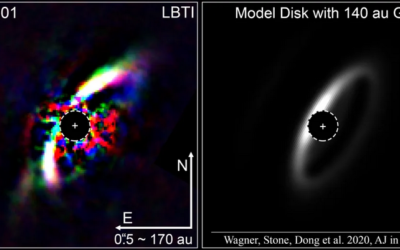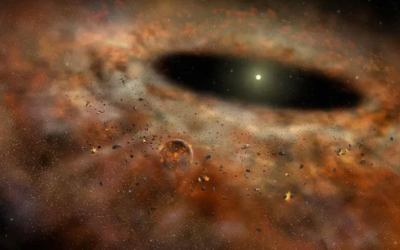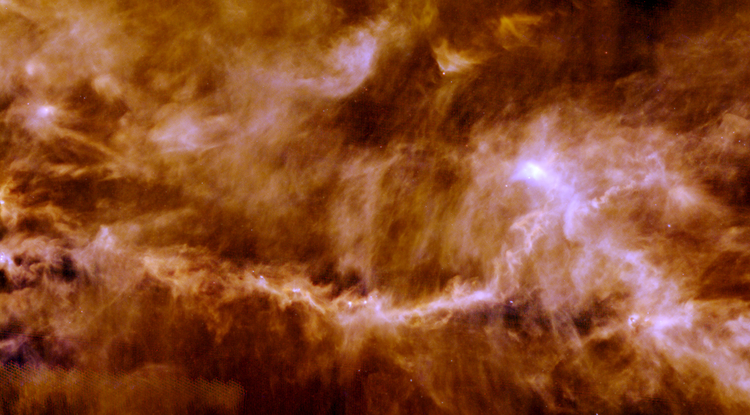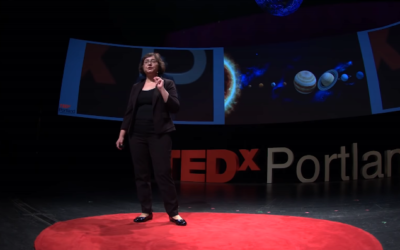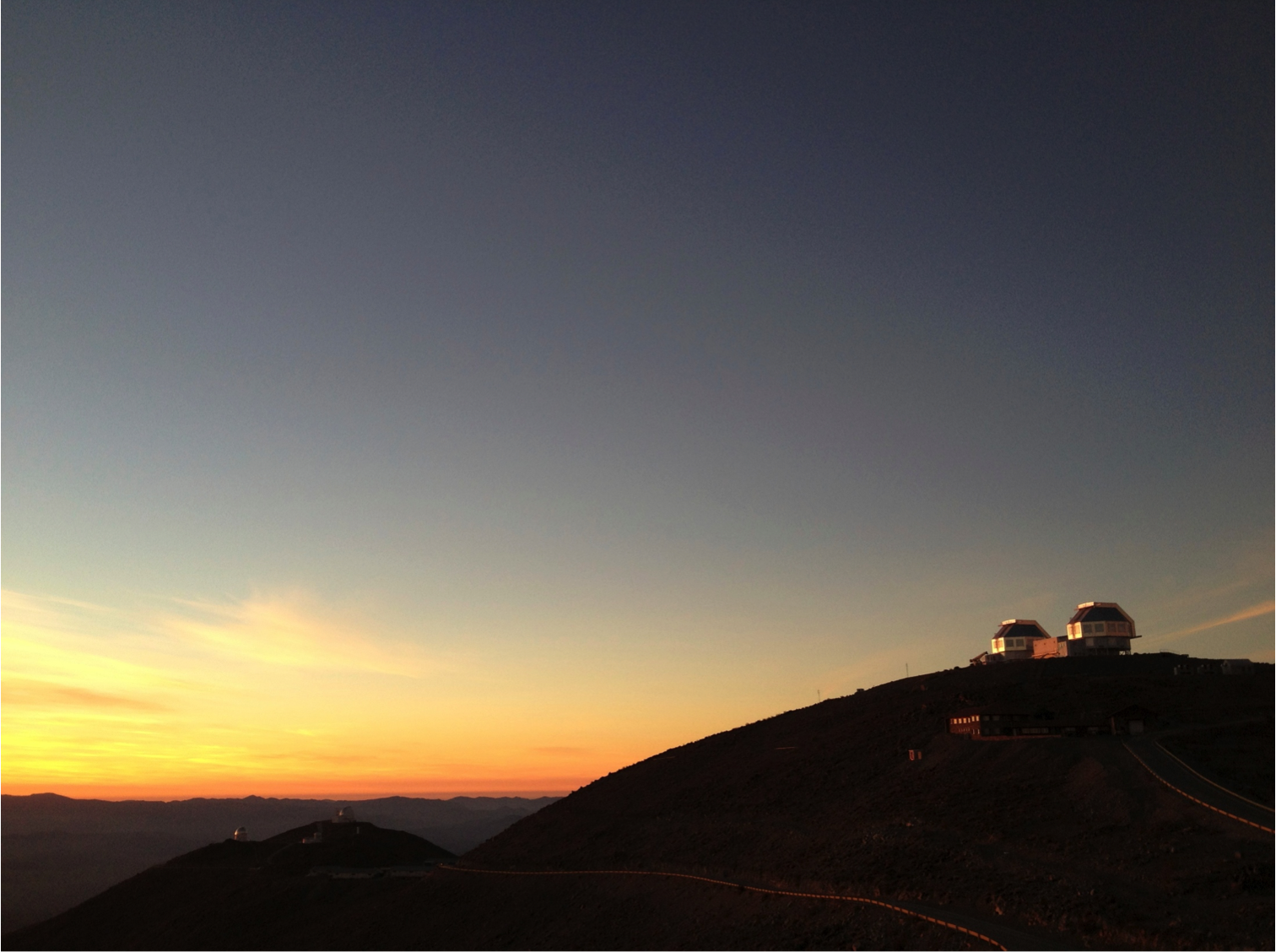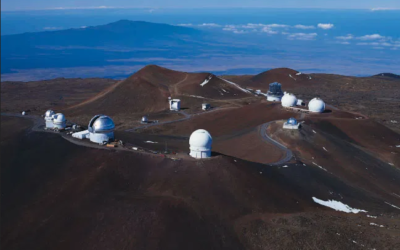BloG
Welcome to the EOS/Alien Earths team's Blog where we share the research results we are most excited about.Images of a Massive Planetary System in Formation
Protoplanetary disks offer an opportunity to learn about the processes by which planetary systems form and evolve. Images of these young systems also enable us to study, by analogy, the formation of our own Solar System, in which the common orbital plane of the...
Alien Earths Breakfasts are Back!
After an almost 2-year pause due to the pandemic, we restarted our in-person AE Breakfasts. It has been really wonderful to be able to chat face to face about all the cool science!
The Genesis Database
The key goal of EOS is to advance our understanding of the formation of habitable planets. As an unusually large and ambitious program, EOS is in a rare position to successfully integrate interdisciplinary knowledge on planet formation – that is, to combine...
The Origins Seminars on YouTube!
The Origins Seminar now has its own YouTube channel and the most recent talks are now available! Origins will continue to operate through most of the Summer and talks will be recorded and available through the Origins Seminar YouTube channel.
Clues to the Processing of Dust Around Stars
Research by University of Arizona Assistant Professor Pierre Haenecour and his team on the effect of ion irradiation on dust grains in circumstellar and interstellar environments, presented by Haenecour at Microscopy and MicroAnalysis 2019, has been...
Unknown Treasure Trove of Planets Found Hiding in Dust
The first unbiased survey of protoplanetary disks surrounding young stars in the Taurus star-forming region turned up a higher-than-expected number of disks with features suggesting nascent planets. Excerpt from UA News-Daniel Stolte, University Communications...
The Search for Planet 9 – TEDx Talk by Renu Malhotra
Renu Malhotra – LPL Professor and EOS Team Member – has recently given an excellent TEDx talk on the Search for Planet 9. The talk is now available online - check it out! https://www.youtube.com/watch?v=MptrypvBTag
The Optical Spectrum of a Sub-Neptune: Or, When Stars Get in the Way
Optical spectra of transiting exoplanets can place unique constraints on their atmospheres–provided their stars cooperate.
Characterizing Exoplanet Atmospheres
There are many ways astronomers have developed to detect exoplanets. Mikayla Mace introduced the most popular methods—radial velocity, transit, and direct imaging—in an earlier post on this blog. Each of these has their own strengths, making them useful for detecting...
Observing Planet Formation from Mauna Kea
I sat down on my third flight of the day, and the last that I would be taking to the big island of Hawaii on my way to the Mauna Kea observatories. The passenger with the seat adjacent to mine followed and sat down. My step-mom was a flight attendant, so flying is...
The Search for Life, Science Fiction, Society
The current estimate for the number of stars with Earth-sized planets orbiting in the habitable zone is about one in four, according to Dr. Daniel Apai Principal Investigator for Project EOS. Other researchers estimates range from as few as 5 percent to more than 100...
Porosity, Tetris, and de-fluffification
A closer look at dust particles Young planet-forming disks contain trillions of tiny microscopic dust particles. Even in the tenuous protoplanetary disk, these particles bump into each other every now and then, sticking together and growing larger and larger with...

